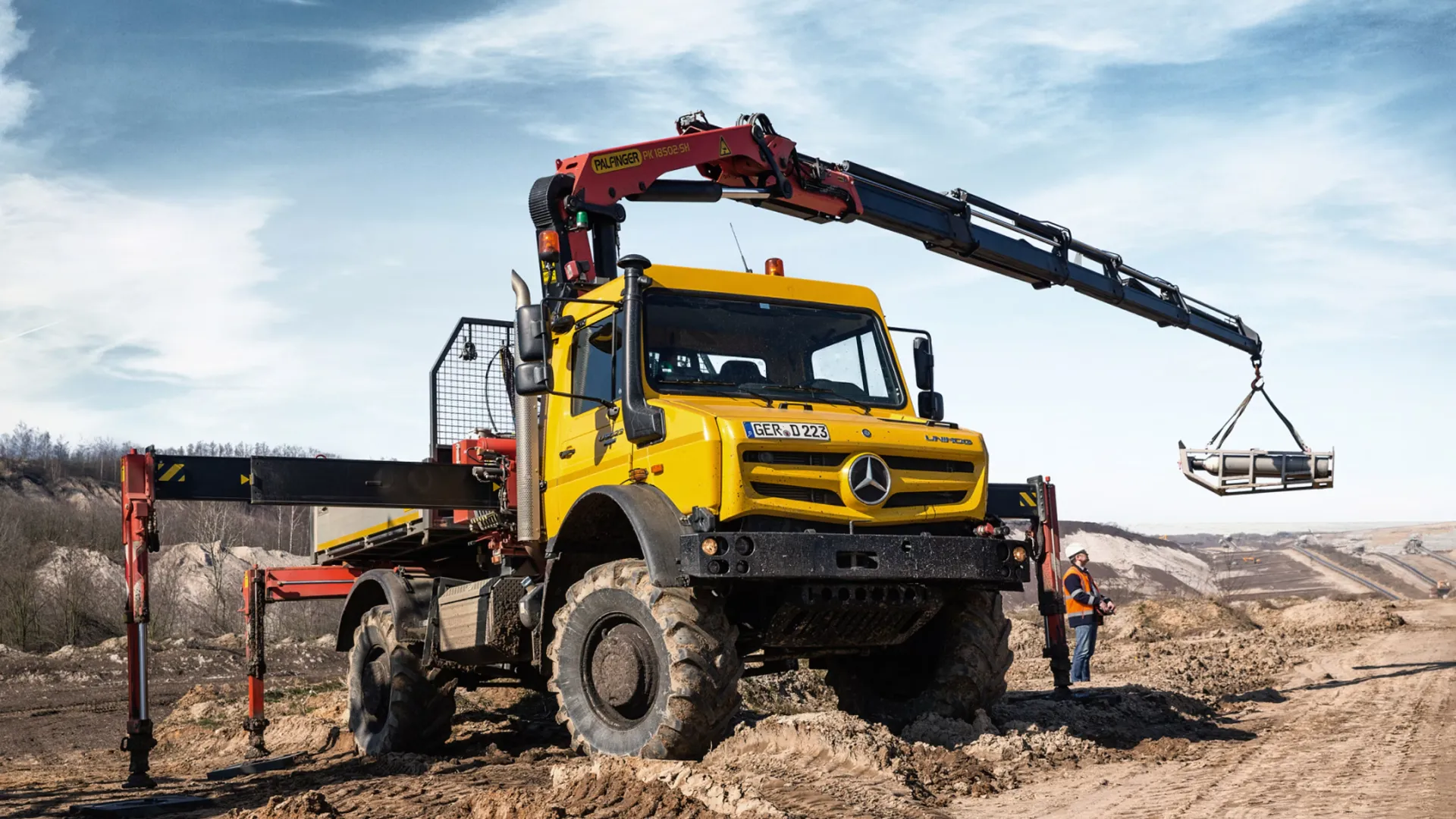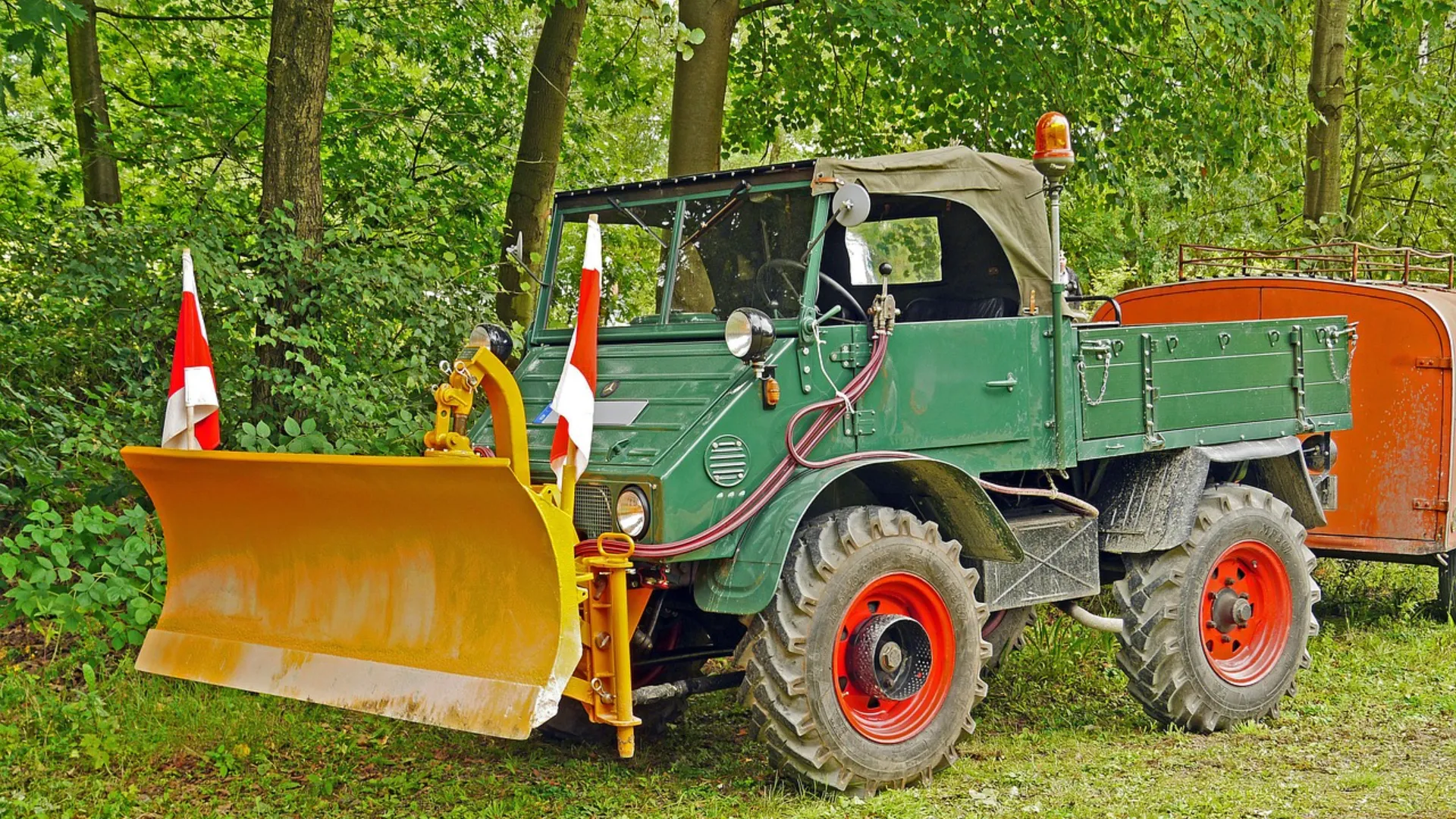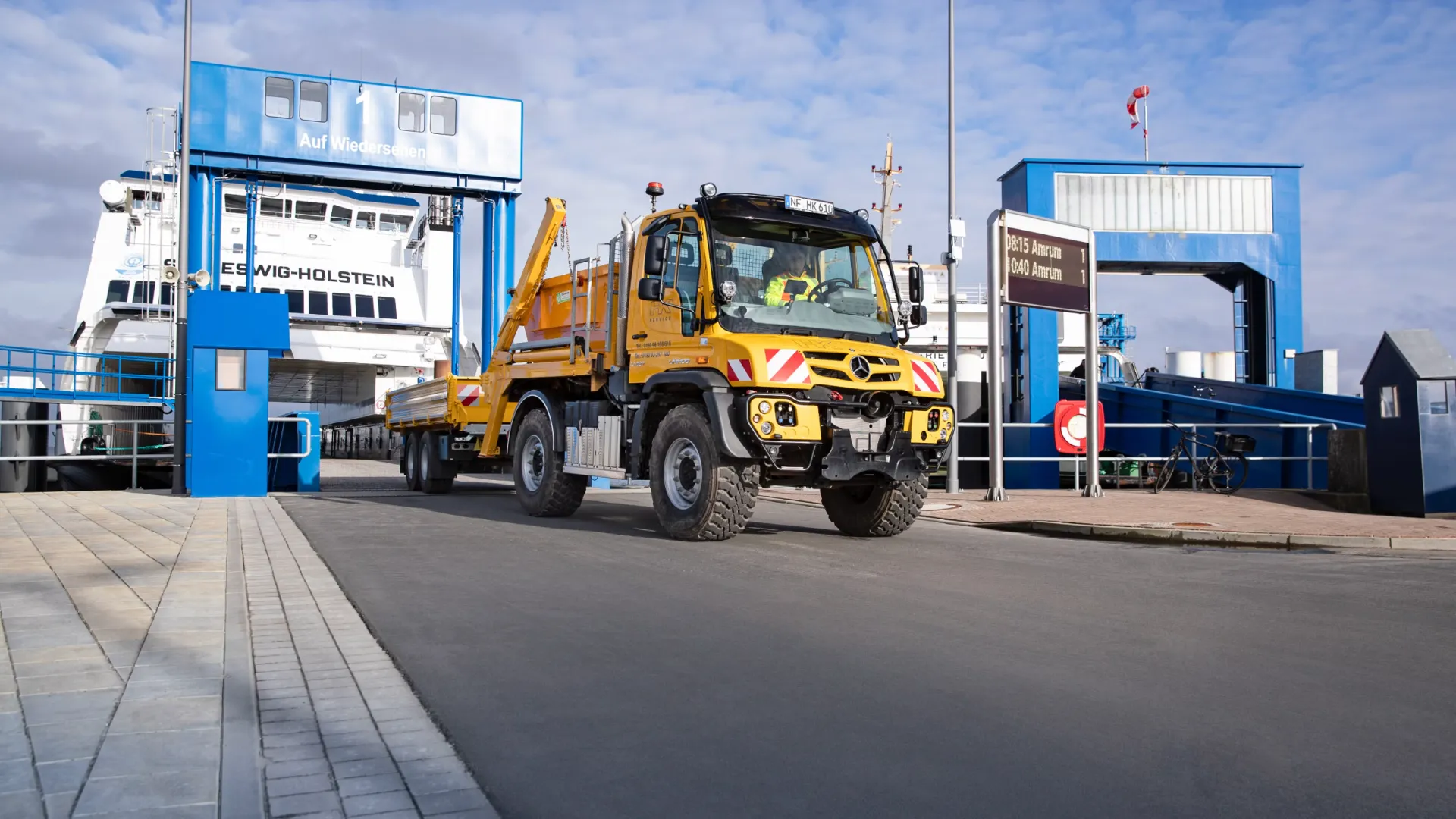
Unimog Guide Part 4: The Unimog in Action
- Jackson Whitmore
- Automotive , Adventure
- August 19, 2025
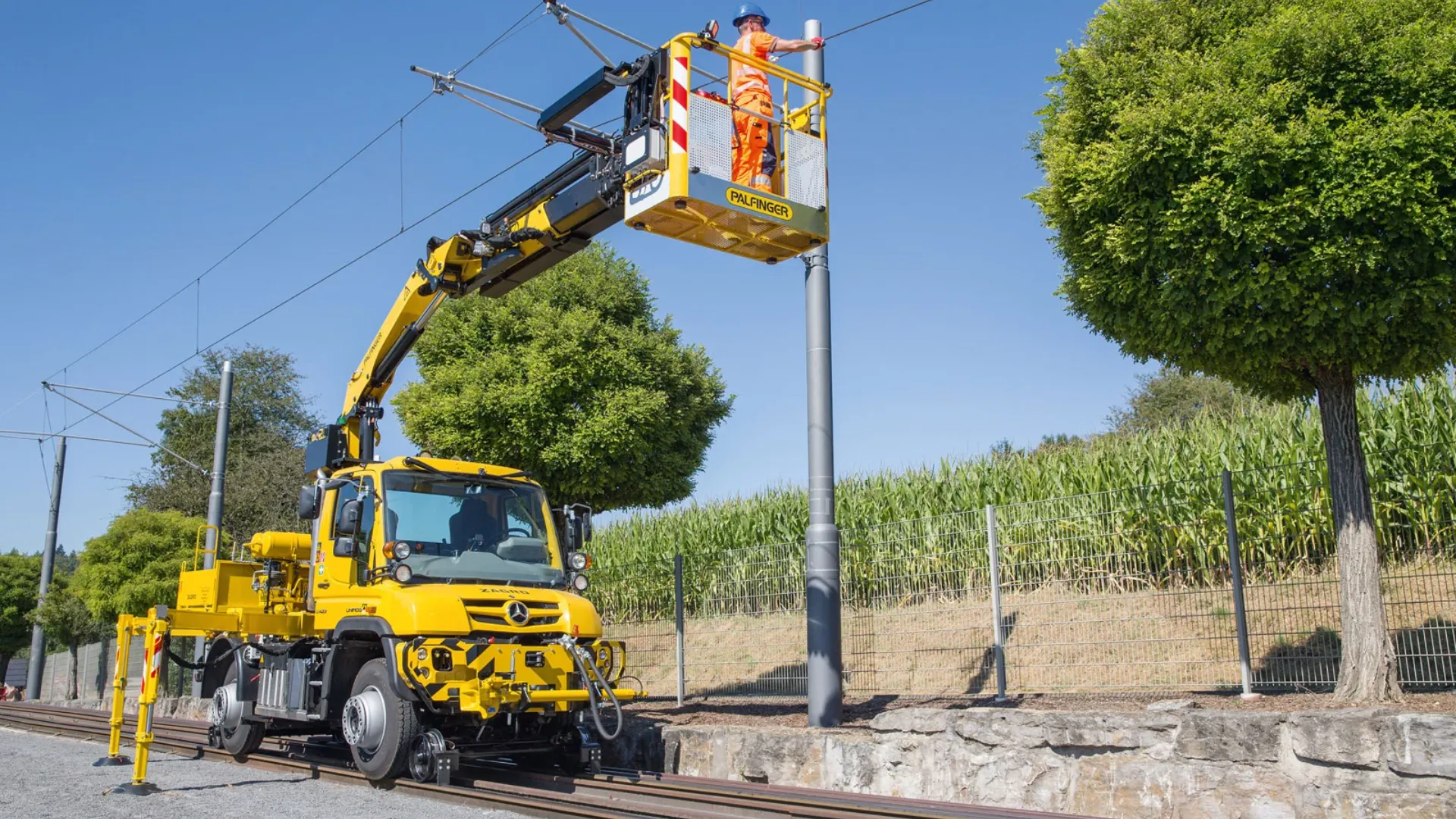
Real-World Heroes: Unimog Case Studies
Case Study 1: Iceland Search and Rescue
Iceland’s ICE-SAR (Icelandic Association for Search and Rescue) relies heavily on specially-equipped Unimogs to access some of the world’s most challenging terrain.
During the 2010 Eyjafjallajökull volcanic eruption, when ash clouds grounded flights across Europe, Unimogs were among the few vehicles able to operate close to the eruption zone. [Source: ICE-SAR ]
The Challenge: Reach stranded hikers in areas covered with volcanic ash and cross glacial rivers swollen with meltwater.
The Solution: A fleet of U 5023 Unimogs equipped with specialized rescue equipment, medical facilities, and communications gear.
The Result: Dozens of successful rescues in conditions that would have been impossible for conventional vehicles, with the Unimogs’ fording capability and ground clearance proving crucial in reaching victims quickly. [Source: Mercedes-Benz Special Trucks ]
“When lives are on the line and minutes count, there’s simply no substitute for the Unimog’s capability,” says Jón Thorsteinsson, ICE-SAR team leader. “In our conditions, it’s not about convenience—it’s about whether a rescue is possible at all.”
Case Study 2: Australian Bushfire Response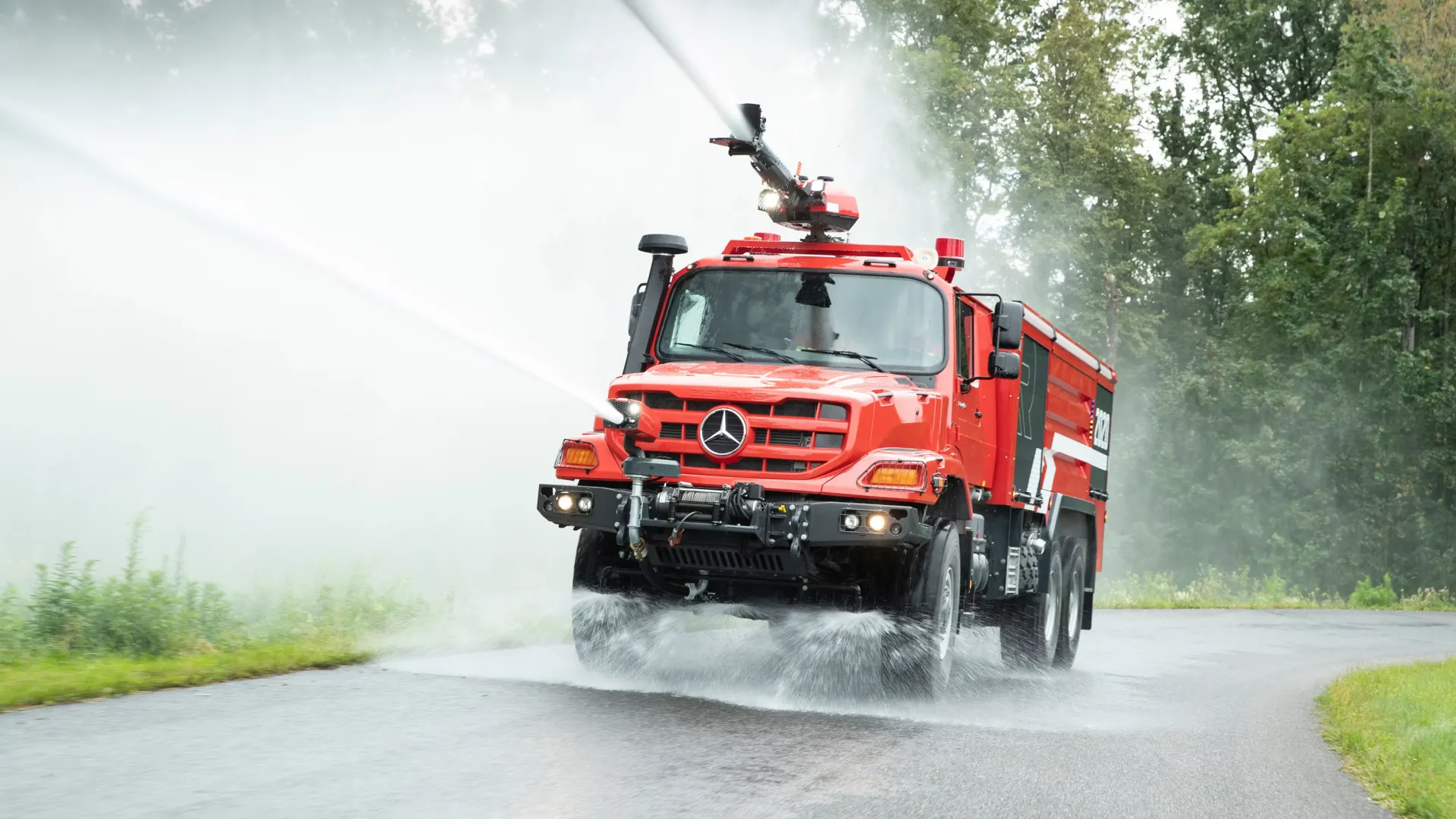
During the catastrophic 2019-2020 Australian bushfire season, specialized firefighting Unimogs proved their worth in the most extreme conditions imaginable. [Source: Mercedes-Benz Trucks Fire & Rescue ]
The Challenge: Access remote fire fronts through terrain too difficult for standard fire trucks, while carrying sufficient water and equipment.
The Solution: A fleet of customized U 4023 and U 5023 Unimogs with specialized firefighting equipment, heat shields, and crew protection systems.
The Result: The Unimogs’ ability to navigate narrow forest tracks, ford streams, and climb steep terrain allowed firefighters to establish containment lines in areas previously unreachable, saving numerous properties and potentially lives. [Source: trucksales.com.au ]
“These vehicles changed our tactical approach entirely,” explains Fire Chief Sarah Jennings. “We could finally take the fight directly to fires in areas we previously had to abandon or tackle only from the air. The crews call them ‘The Unstoppables’ for a reason.”
Case Study 3: Humanitarian Aid in South Sudan
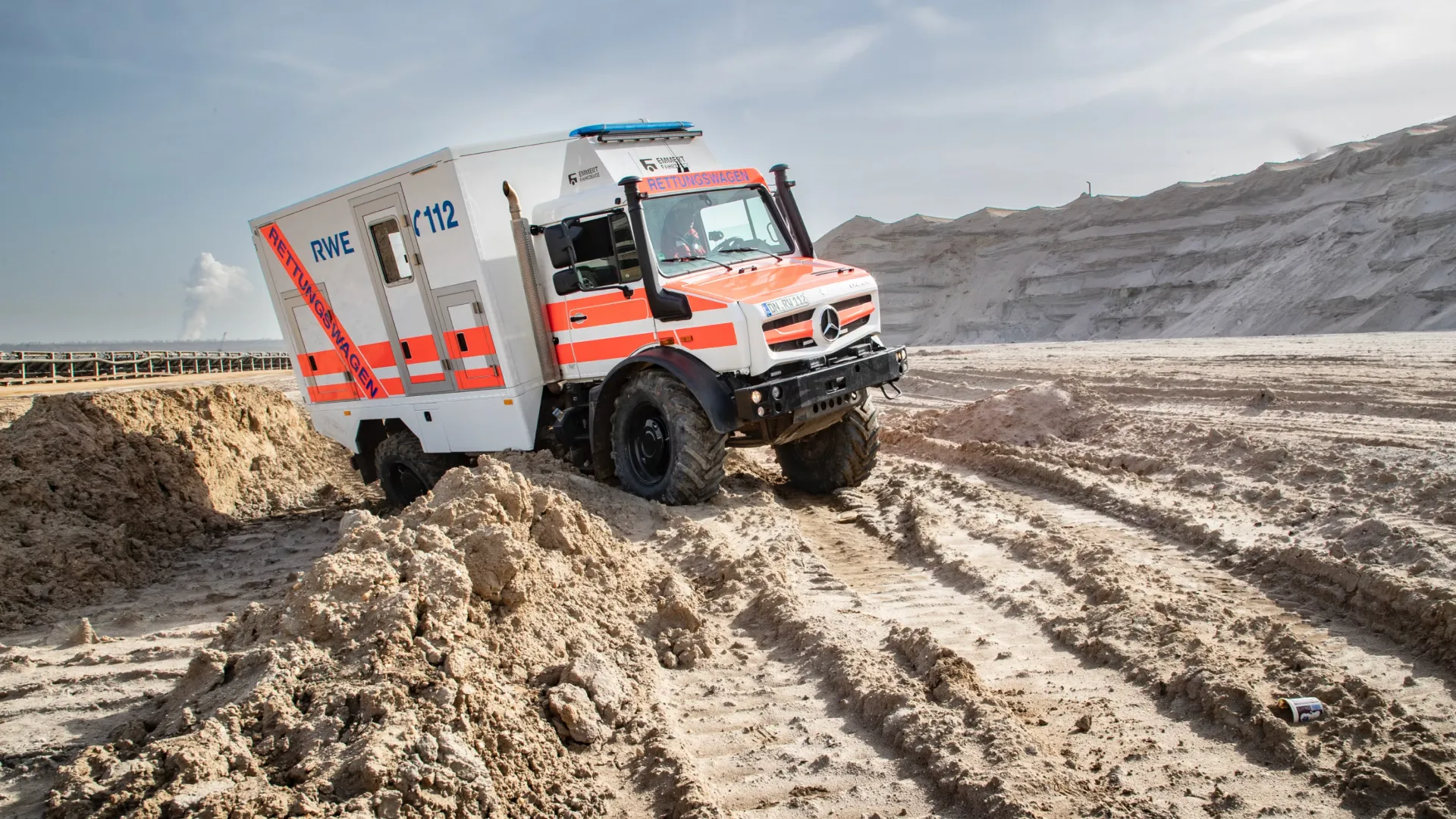
When delivering critical supplies to remote villages in war-torn South Sudan, the United Nations World Food Programme faced seemingly impossible logistics challenges. [Source: Daimler Truck Newsroom ]
The Challenge: Deliver food, medicine, and supplies to isolated communities during the rainy season, when unpaved roads become impassable mud pits.
The Solution: A convoy of U 4000 Unimogs modified with specialized cargo bodies and winching systems.
The Result: Successful delivery of over 200 tons of life-saving supplies to communities that would otherwise have been cut off for months. The Unimogs’ ability to navigate mud that stopped all other vehicles meant the difference between life and death for thousands.
“In these conditions, it’s not uncommon for conventional trucks to get stuck for weeks,” notes UN logistics coordinator Marco Pereira. “The Unimogs keep moving when nothing else can, which means we don’t have to choose which communities receive aid and which don’t.”
Municipal Services: The Unimog as a Multi-Tool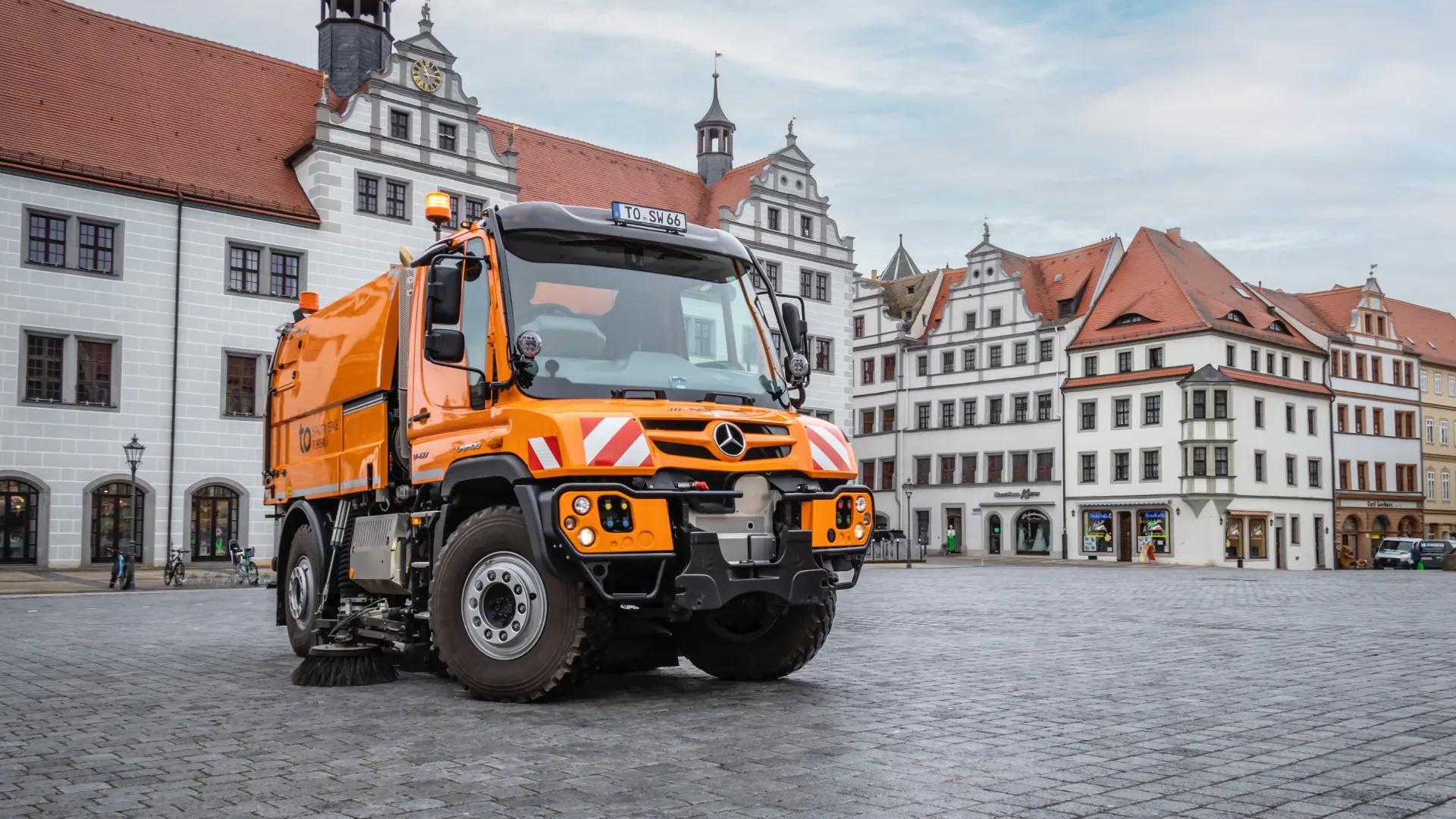
Cities and towns worldwide rely on Unimogs for essential services, using them as platforms for: [Source: Mercedes-Benz Special Trucks ]
- Street cleaning machines
- Roadside mowing and maintenance
- Railway maintenance (using special rail wheels)
- Snow removal in mountainous regions
The Unimog’s ability to serve as a platform for multiple implements makes it economical for municipalities, as a single vehicle can perform numerous functions throughout the year by simply changing attachments. [Source: Brown Equipment ]
Technology and Innovation: Constantly Evolving
While the Unimog’s basic design principles have remained consistent for decades, the technology has continuously evolved to incorporate modern advancements:
Drive Systems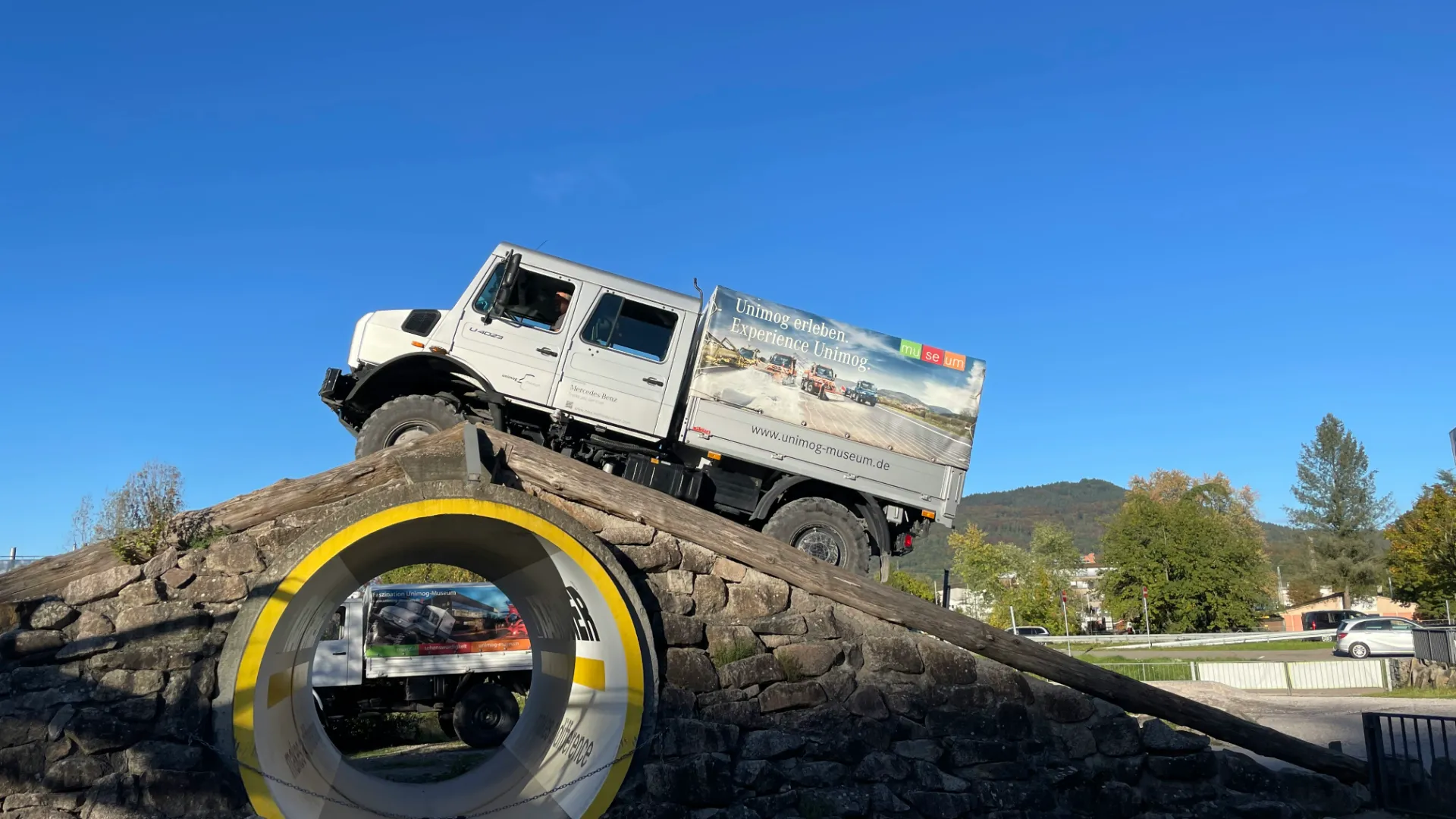
Modern Unimogs feature sophisticated transmissions with up to 16 forward and 14 reverse gears, including crawler gears for extremely slow, precise movement. The Electronic Automated Shift (EAS) system makes gear changes smooth and efficient, while Electronic Quick Reverse allows rapid direction changes without stopping.
Engine Technology
Current Unimog models are powered by efficient, powerful diesel engines that meet the latest Euro VI emissions standards. The U 4023/U 5023 models feature a 4-cylinder engine producing 170 kW (231 hp) and 900 Nm of torque—impressive figures that ensure the Unimog can handle the most demanding tasks.
Suspension and Articulation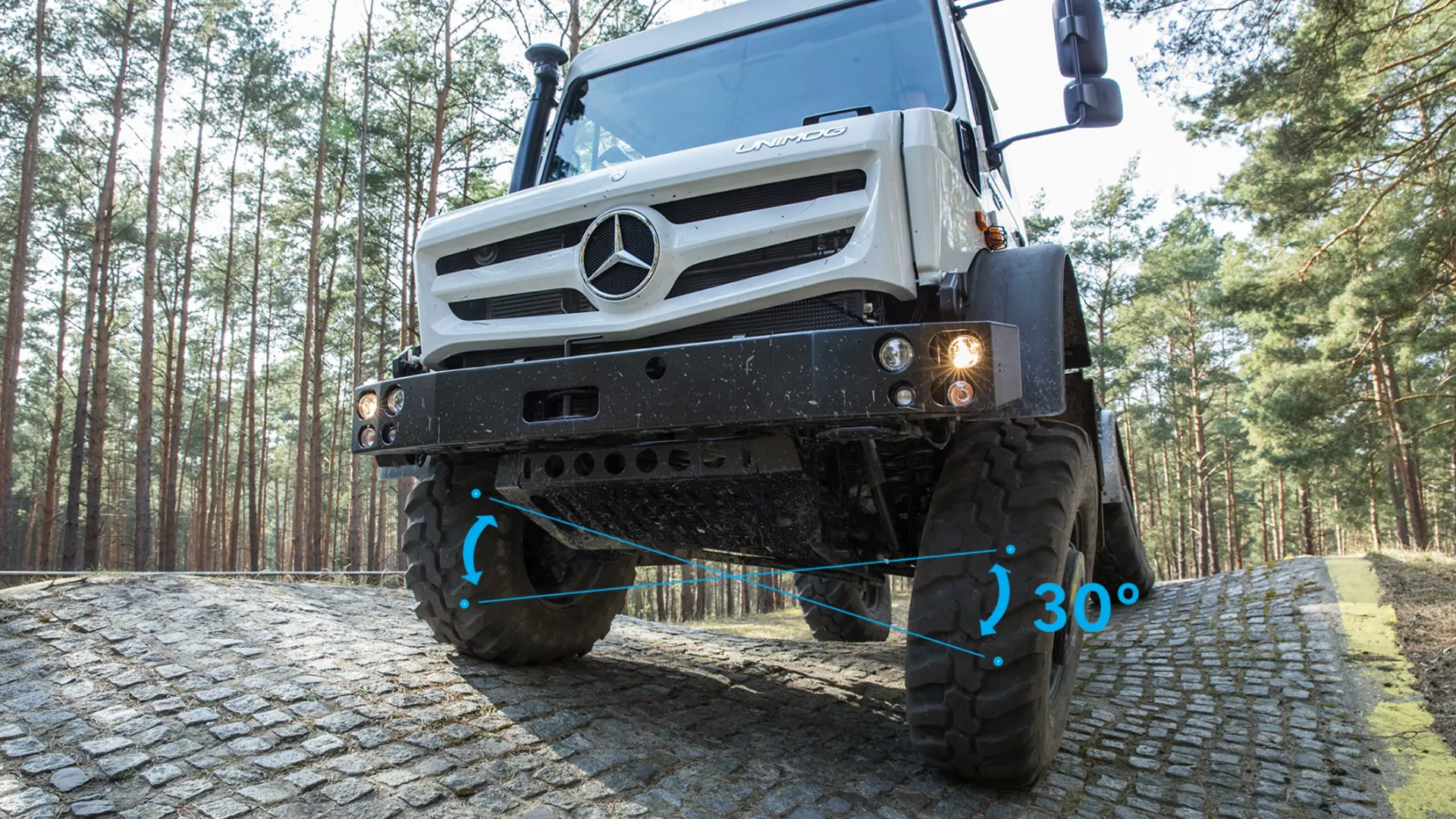
The Unimog’s suspension system has been continuously refined, with modern models featuring advanced coil springs and hydraulic shock absorbers that provide both exceptional articulation off-road and comfortable handling on highways.
Cab Design and Ergonomics
The operator experience has been dramatically improved over the years. Modern Unimog cabs feature:
- Panoramic windshields for excellent visibility
- Ergonomic controls positioned for intuitive operation
- Advanced climate control systems
- Digital displays providing critical vehicle information
- Optional cameras for improved visibility around the vehicle
Autonomous and Electric Concepts
Looking to the future, Mercedes-Benz has explored both autonomous and electric Unimog concepts. While these technologies are still in development for production models, they represent the next evolution of this legendary vehicle platform.
Global Impact and Cultural Legacy
The Unimog’s influence extends far beyond its practical applications. It has become a cultural icon, representing the pinnacle of mechanical capability and engineering excellence.
Global Adoption
While designed and built in Germany, the Unimog has found homes around the world. It has been particularly popular in:
- Europe, where it serves in municipal roles and agriculture
- Australia, where its off-road capability is essential in the Outback
- South America, where it navigates challenging terrain in mining and forestry
- Africa, where reliability and durability are paramount in remote regions
Unimogs have also been manufactured under license in several countries, including Argentina, where production ran from 1968 to 1983.
Enthusiast Communities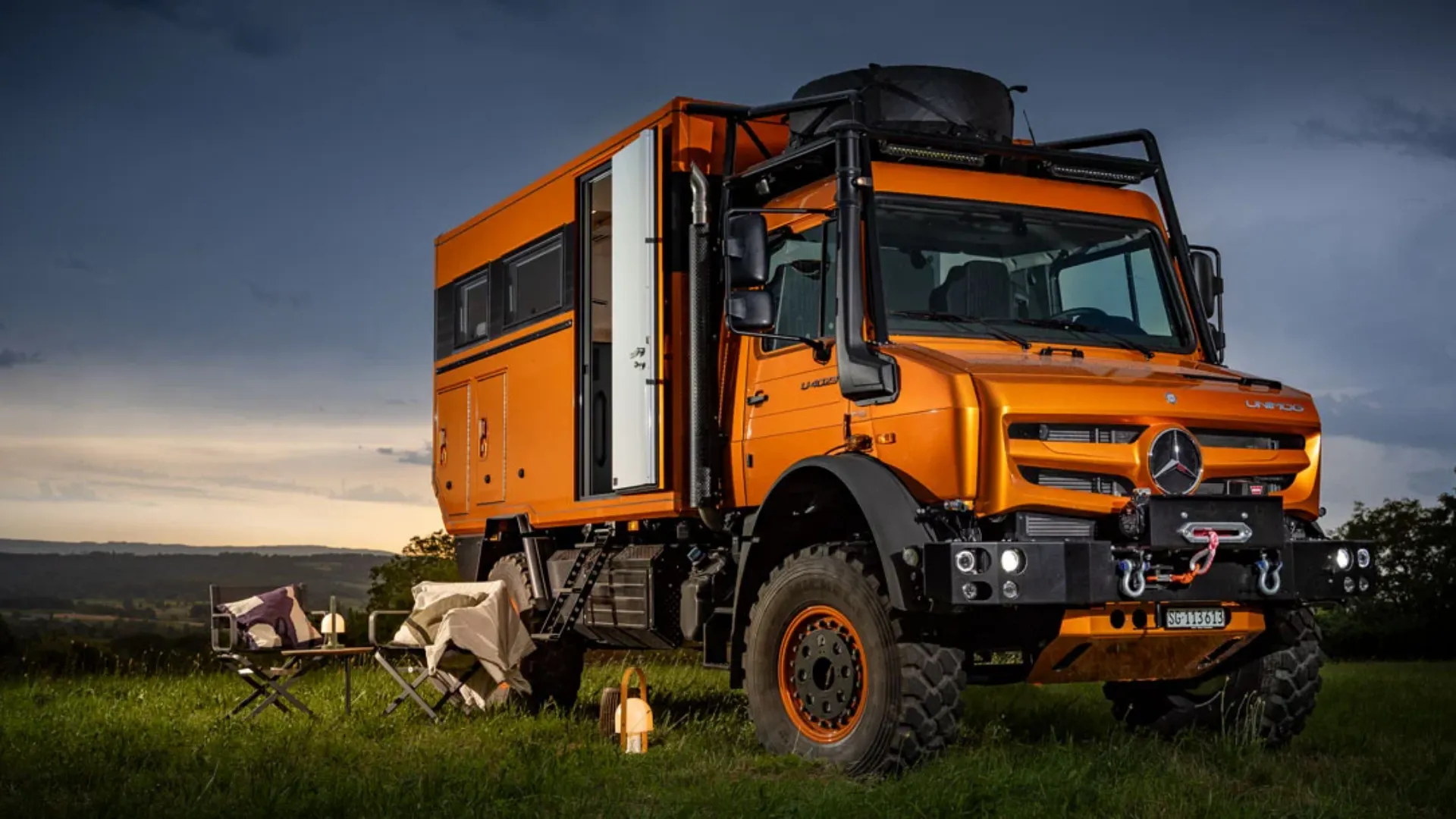
Dedicated Unimog enthusiast communities exist worldwide, with owners sharing maintenance tips, restoration advice, and adventure stories. Annual gatherings bring together Unimog owners to test their vehicles’ capabilities and showcase unique modifications.
Media and Popular Culture
The Unimog has made numerous appearances in films, television shows, and video games, often portrayed as the ultimate vehicle for apocalyptic scenarios or extreme expeditions. Its distinctive appearance makes it instantly recognizable, even to those unfamiliar with its technical specifications.
Buying, Owning, and Restoring a Unimog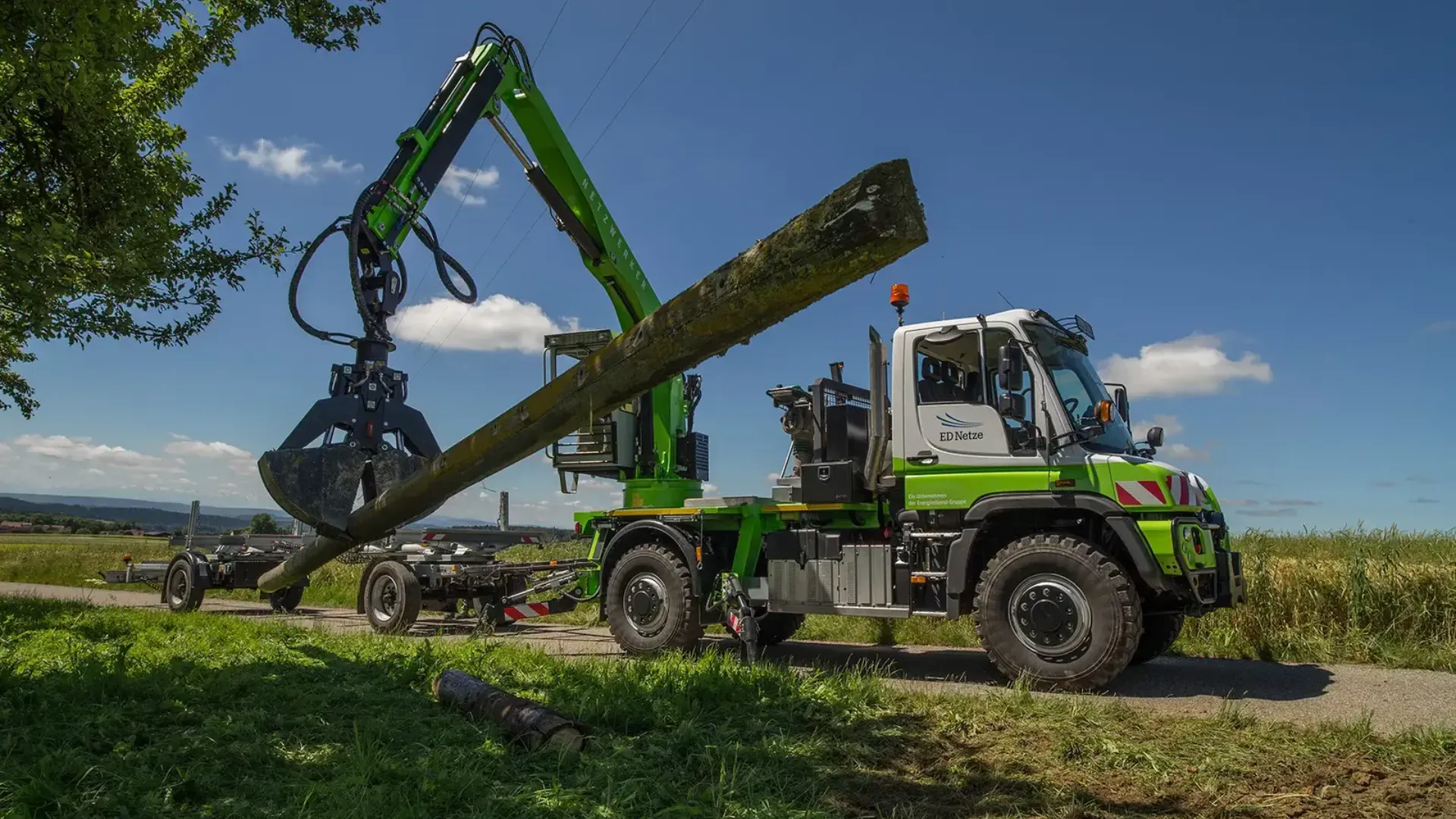
For those inspired to own a piece of this legendary heritage, here’s what you need to know:
Cost and Availability
New Unimogs are substantial investments:
- Current model U 4023/U 5023 off-road specialists start around €150,000 ($175,000) before customization
- Fully-equipped expedition models can exceed $500,000
- Implement carrier models for municipal use typically range from €100,000-200,000 depending on configuration
Used Unimogs offer a more accessible entry point:
- Surplus military 404 models can sometimes be found for under $20,000, though they typically require restoration
- Well-maintained 406/416 models from the 1970s-80s typically range from $30,000-70,000
- Recent U500 models (2000s) generally command $100,000+ depending on condition and equipment
Maintenance and Support
Owning a Unimog requires consideration of:
- Parts availability: While Mercedes-Benz maintains good parts support for most models, older vehicles may require specialized suppliers
- Service expertise: Not every mechanic is familiar with Unimog systems, particularly the portal axles and hydraulics
- Operating costs: Fuel consumption is higher than conventional vehicles, typically 12-18 liters/100km (13-20 MPG) depending on model and conditions
Restoration Considerations
For those considering a restoration project:
- Frame condition is paramount—check thoroughly for corrosion
- Portal axles should be inspected by specialists, as repairs can be costly
- Documentation is valuable—service records and original specifications help ensure authentic restoration
- Specialized tools may be required for certain maintenance tasks
Future of the Unimog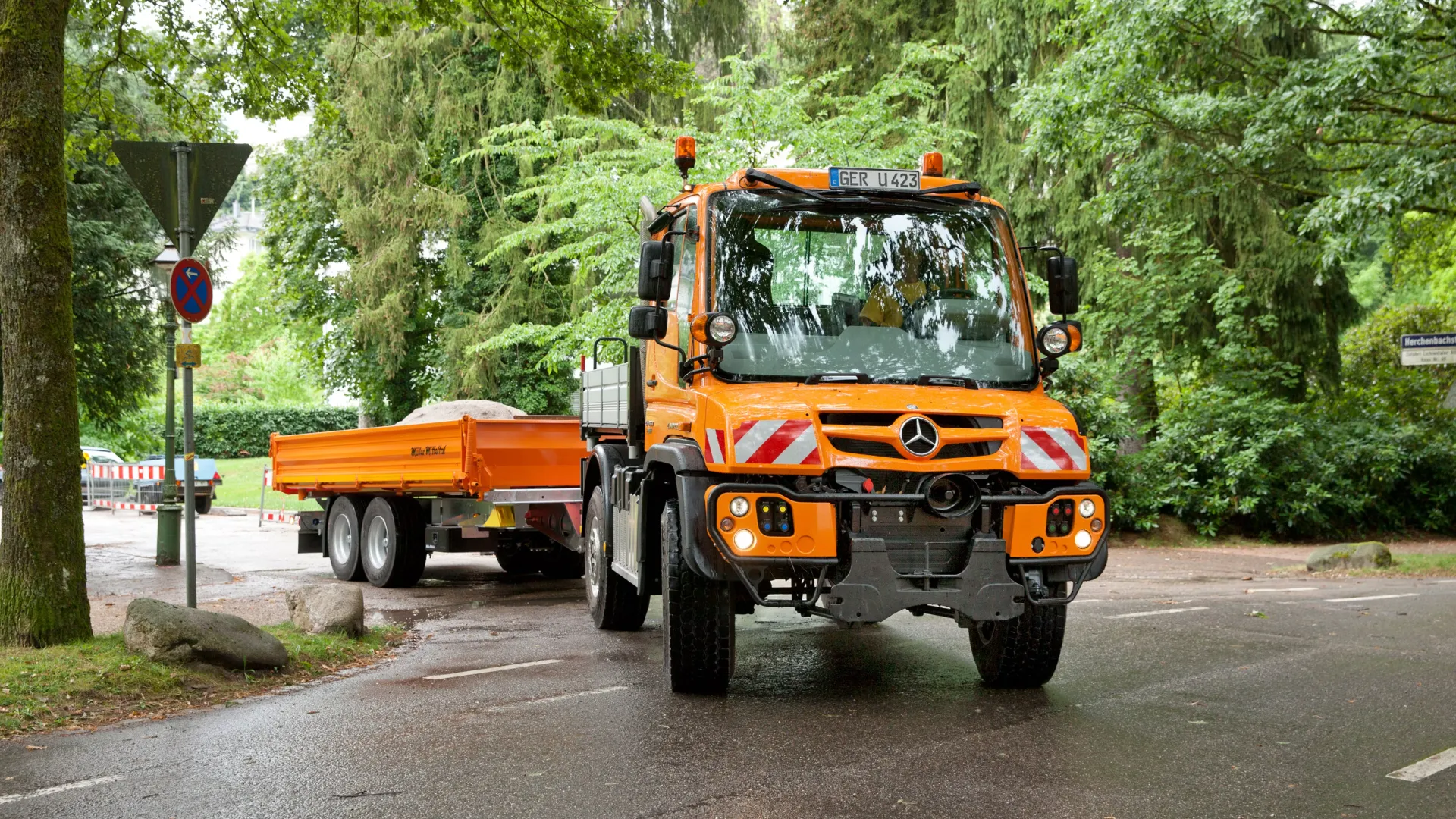
As we look ahead, what does the future hold for this legendary vehicle?
Continued Production
Mercedes-Benz remains committed to the Unimog, with ongoing development and production. While production numbers are modest by automotive standards—typically a few thousand units annually—the specialized nature of the vehicle ensures its continued relevance.
Sustainability Initiatives
Like all vehicle manufacturers, Mercedes-Benz faces pressure to reduce emissions and improve sustainability. For the Unimog, this has meant:
- Continuous improvements in engine efficiency and emissions
- Exploration of alternative powertrains, including hybrid and fully electric concepts
- Focus on longevity and recyclability—many Unimogs remain in service for decades
How the Unimog Compares: David vs. Goliath (Spoiler: David Wins)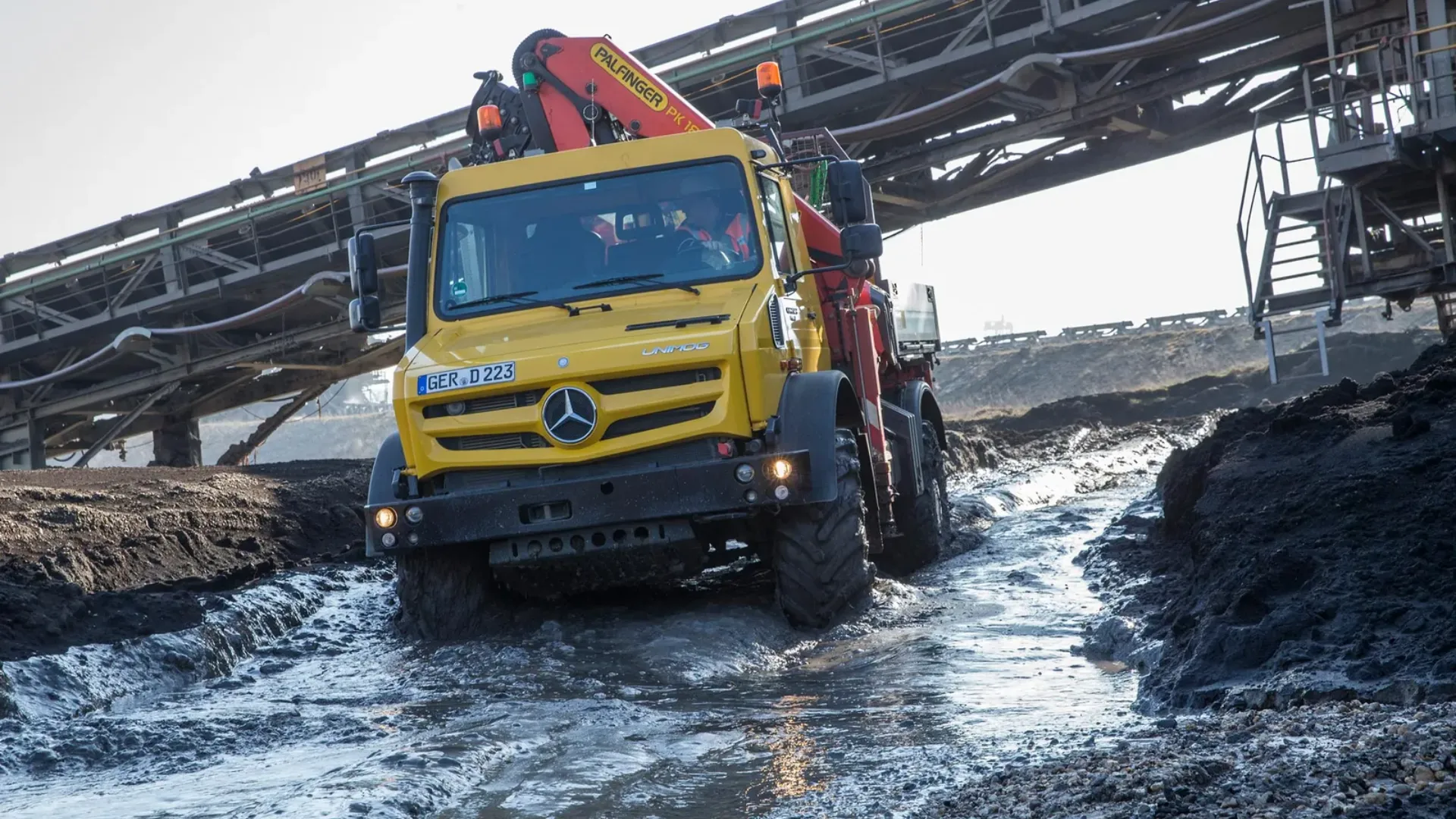
You might be wondering how the Unimog stacks up against other extreme off-road vehicles. Let’s put it head-to-head with its closest competitors to see why Mercedes-Benz’s all-terrain legend continues to stand apart.
Unimog vs. The Competition: Capability Comparison
| Capability | Unimog U 5023 | MAN TGM 13.290 4x4 | Iveco Eurocargo 4x4 | Oshkosh HEMTT |
|---|---|---|---|---|
| Ground Clearance | 500mm (19.7") | 375mm (14.8") | 350mm (13.8") | 410mm (16.1") |
| Fording Depth | 1200mm (3.9ft) | 800mm (2.6ft) | 700mm (2.3ft) | 1219mm (4ft) |
| Climbing Ability | 100% (45°) | 60% (31°) | 55% (29°) | 60% (31°) |
| Approach/Departure Angles | 44°/51° | 32°/35° | 30°/31° | 40°/38° |
| Portal Axles | Yes | No | No | No |
| Tire Pressure Control | Yes, on-the-fly | Optional | Optional | Yes |
Also Read
- The Ultimate Guide to the MAMMOTION LUBA 2 AWD Robotic Lawn Mower
- Segway Xyber Electric Bike - The Future of Urban and Adventure Riding
- Solar Panels for Home: A Complete No-BS Guide for Homeowners
This is the final part of our comprehensive guide to the Mercedes-Benz Unimog.
- Previous: Part 3: A Tool for Every Job


